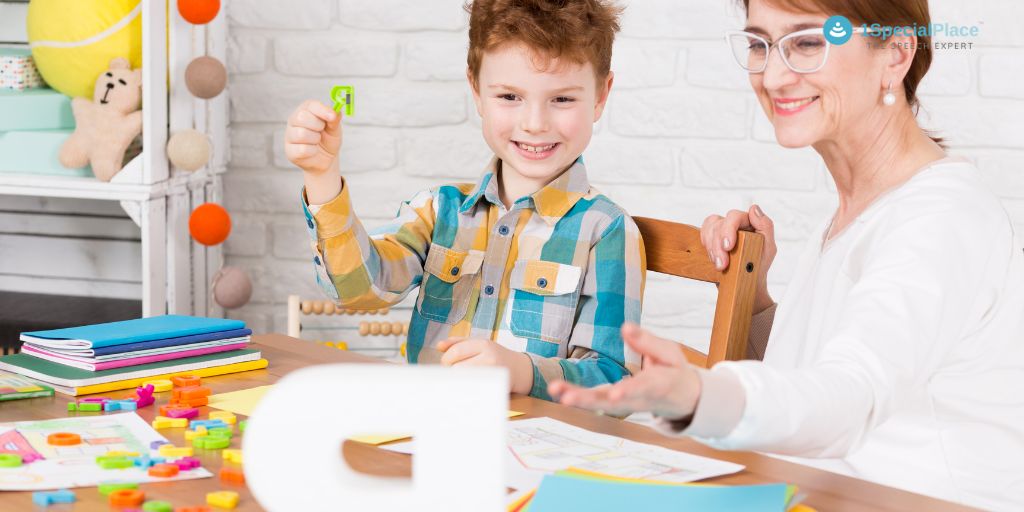
Top 10 Non-Toys used in Speech Therapy
Top 10 Non-Toys used in Speech Therapy
A speech therapist’s magical tool to engage a child in a session is …(*drumroll*)… PLAY!
Through play, relevant skills can be taught to a child. A therapist would spend significant time and energy to think of creative ways to engage the child meaningfully, session after session. NON-TOYS, therefore, become as essential as toys during play within the sessions!
Here is a list of 10 top Non-Toys for a Speech Therapist:
1. Paper:
Colored, origami, plain sheet of paper – all are useful for play! A simple piece of paper can become a paper plane, a hat, paper fan, paper tassles etc.This requires some patience and attention from the child but can be oodles of fun. Cutting paper along lines is also a wonderful way to get the child engaged in making different shapes – be it a heart, a car or even a simple circle. The child’s interest can be incorporated into play – different cut shapes can be pasted on a paper to form a scene- a car on a road or flowers in the park etc!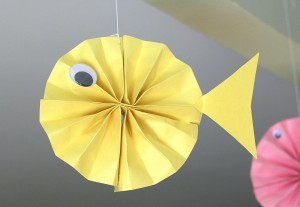
2. Scarf (or tissue):
Building rapport is easy with a game of peek-a-boo! The scarf is so easy to hide behind. Get the child to feel the texture of a scarf (especially if it is silk or soft). Wet the scarf and use it to wipe different body parts – get them aware of the body parts by touch and wetness. A scarf can be used for pretend play – such as wearing it as a cape and running around like Superman!
3. Photo album:
Customized photos placed in a photo album – the old-fashioned way- is a brilliant tool to build communication! Get the child’s family, friends, favorite toys or place within. This can boost communication each time is it taken out!
4. Fun umbrella:
Dancing with the umbrella is so much fun. Sing a tune and sway. Imitation through dance is wonderful in a session! Play open-close or even a game of pretend using the Umbrella and your child.
5. Cap (or hat):
A cap can be uber versatile in a session and can be used to play games such as – peek a boo, catching small (and light) balls, a game of pacing the parcel (in this case a cap/ hat!).
6. Pom- poms:
Children get attracted to the shiny paper pompoms. A child can be engaged in making these with the therapist as a craft activity. Alternately, they are fun for imitation exercises with or without music.
7. Sponge:
A simple cleaning item can be used to get the child to understand concepts of wet and dry, transferring water from one bucket to another using the sponge (fill and squeeze), to clean a toy (pretend bathing) etc. Sponges of different shapes and sizes are wonderful for art and craft activities also. Dabbling with a little paint and getting the session messy is loads of fun.
8. Music:
This is the most used non-toy. Children in therapy typically LOVE music, especially action rhymes. Having a list of songs relevant to the child and topic of therapy can be a good boost to learning.
9. Large Mirror:
Mirrors give wonderful feedback to a child. Many children love seeing themselves in the mirror. Playing movement games while facing the mirror is great! Watching the mouth and imitating funny faces is fun also!
10. Small box or bottle:
Little would you think a small cardboard box or plastic bottle can be useful in therapy, but it is a wonderful addition to the therapy materials. Transparent boxes or bottles can be useful for games wherein the child describes what is inside or to make sensory bottles. So easy to do and yet so engaging!
BONUS!
11. Yourselves:
Engaging the child in people games wherein hands, legs, songs can be used to play rhymes, action games, running games etc. A marvelous way to get the child to enjoy a session without any non-toys or items!
***
Liked the article? Give us some feedback. We’d love to hear from you!
***
Subscribe with us to receive the latest article about therapy materials and therapy play ideas in your inbox.
- What is speech therapy and what Speech Therapist Do? - December 22, 2022
- 5 Simple Ideas to Make Flashcards Fun - June 28, 2018
- Should I use ‘NO’ with my child? - June 24, 2018

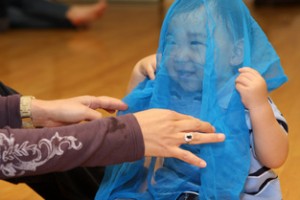
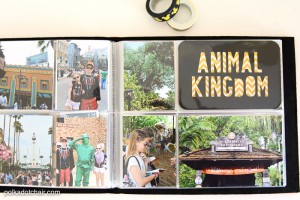
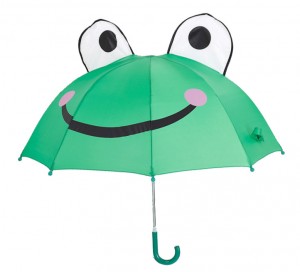
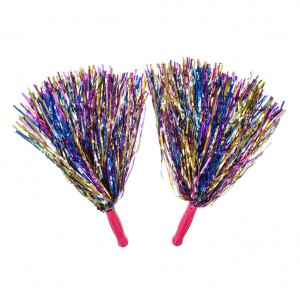
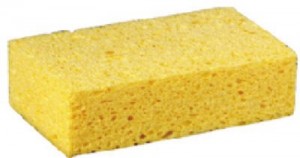
Leave a Comment
(0 Comments)